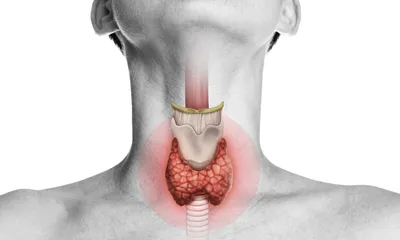Cancer
-
Description
-
Signs & Symptoms
-
Anatomy
-
Cause
-
Diagnosis
What is Cancer?
Cancer is a disease where cells in tissue become cancerous and then multiply to form a malignant tumor. Cancer is a very prevalent disease, and there are many different types of cancer. All of them have the potential to have a fatal outcome for sufferers even if treatment is provided, but worst cancers as per mortality rate are pancreatic cancer, leukemia (blood cancer), prostate cancer, ovarian cancer, lung cancer, and colon/rectal cancer.
Another major issue with cancer is that if the tumor is not found early enough and treatment is not provided in a timely manner, there is more of a chance that the cancer metastasizes. This means that the cancer has spread elsewhere in the body, and prognoses tend to be bad if the cancer gets into the body’s lymph nodes (lymphoma). The good news is that cancer treatments are better than ever before nowadays, and people have more access to cancer screenings.
What Causes Cancer?
Cell mutation and multiplication is the physiological working of any cancer. There are risk factors for developing cancer, and they include advanced age, genetic changes, poor diet, unhealthy lifestyle, being overweight or obese, substance abuse including excessive consumption of alcohol, cigarette smoking and any activity that involves inhaling hydrocarbons into the lungs, exposure to toxic chemicals, an overly sedentary lifestyle, or too much exposure to UVA/UVB rays from the sun.
There can also be a genetic predisposition component to getting cancer, and if you have a parent or preceding family member who has had a type of cancer it is more likely that you may develop it too. If this is the case for anyone, they are encouraged to start being screened for that cancer at an earlier age and regularly from that point forward.
Cancer Symptoms
There are often early indications that a person has cancer, and the following can be cancer symptoms:
- Pain
- Unexplained weight loss
- Chronic fatigue
- Fever
- Skin changes
- Skin sores that don’t heal
- Persisting coughing or hoarseness
- Unusual bleeding
- Anemia
- Urinary difficulties
- Appetite changes
- Belly bloating
- Feeling lumps under the skin
Cancer Treatment
The most conventional approach to cancer treatment is to have the person start on medications like Lenvima or Avastin that are effective for suppressing the growth of cancerous tumors so that chemotherapy can shrink them. This is part of the process of putting cancer into remission, which is always the aim as there is no cure for cancer, but it can be made to be much less of a mortality risk for people.
Other parts of a person’s cancer treatment regimen may involve chemotherapy, immunotherapy, hormone therapy, hyperthermia radiation therapy, photodynamic therapy, and stem cell therapy. Invasive surgeries are sometimes required to remove cancerous tissues, but the doctors will usually only resort to this option if non-invasive treatments are unsuccessful for limiting cancerous tumor growth.
Signs & Symptoms
- Unexplained weight loss
- Fatigue
- Fever
- Pain
- Skin changes
- Changes in bowel or bladder habits
- Persistent cough or trouble breathing
- Difficulty swallowing
- Hoarseness
- Lumps or thickening under the skin
- Unusual bleeding or discharge
Anatomy
- Any tissue or organ
- Lymphatic system
- Bloodstream
- Bone marrow
- Digestive system
- Respiratory system
- Reproductive system
Cause
- Genetic mutations
- Family history
- Radiation exposure
- Chemical exposure
- Tobacco use
- Certain infections
- Hormonal changes
- Obesity
- Chronic inflammation
Diagnosis
- Physical examination
- Imaging tests (X-ray, CT scan, MRI, PET scan)
- Biopsy
- Blood tests
- Urine tests
- Genetic tests
- Endoscopy
- Bone marrow aspiration



